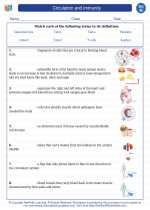Slugs: An Introduction
Slugs are soft-bodied, shell-less terrestrial gastropod mollusks. They are members of the class Gastropoda, which also includes snails. Slugs are known for their unique body structure and feeding habits.
Anatomy of Slugs
Slugs have elongated bodies with no external shell. They move by gliding on a muscular foot and secrete mucus to aid in locomotion. They have two pairs of retractable tentacles on their head, with the upper pair bearing eyes. The lower pair is used for olfaction and feeling their environment.
Habitat and Behavior
Slugs are found in a variety of habitats, including gardens, forests, and agricultural fields. They are nocturnal and feed on a wide range of plant material, fungi, and decaying organic matter. Some species are considered pests in agriculture and horticulture due to their feeding habits.
Reproduction
Slugs are hermaphroditic, meaning they have both male and female reproductive organs. However, they still require a mate to reproduce. They engage in elaborate courtship behaviors before mating and can lay hundreds of eggs in moist soil or other suitable locations.
Ecological Importance
Despite their pest status, slugs play an important role in ecosystems as decomposers, helping to break down and recycle organic matter. They also serve as a food source for a variety of predators, including birds, reptiles, and mammals.
Conservation and Management
For gardeners and farmers, managing slug populations can be a challenge. Strategies for control include using physical barriers, natural predators, and environmentally safe slug baits. Understanding the biology and behavior of slugs is essential for effective management.
Study Guide
- What are the key anatomical features of slugs?
- Describe the habitat and feeding habits of slugs.
- How do slugs reproduce, and what is their role in ecosystems?
- What are some strategies for managing slug populations?
[Slugs] Related Worksheets and Study Guides:
.◂Science Worksheets and Study Guides Eighth Grade. Circulation and immunity

 Worksheet/Answer key
Worksheet/Answer key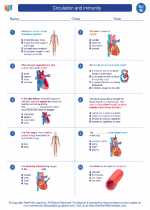
 Worksheet/Answer key
Worksheet/Answer key
 Worksheet/Answer key
Worksheet/Answer key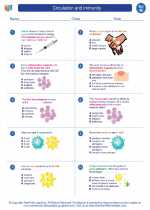
 Vocabulary/Answer key
Vocabulary/Answer key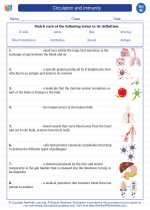
 Vocabulary/Answer key
Vocabulary/Answer key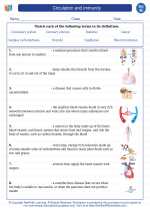
 Vocabulary/Answer key
Vocabulary/Answer key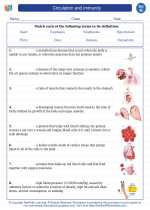
 Vocabulary/Answer key
Vocabulary/Answer key
 Vocabulary/Answer key
Vocabulary/Answer key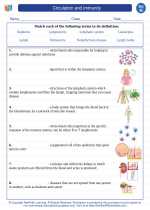
 Vocabulary/Answer key
Vocabulary/Answer key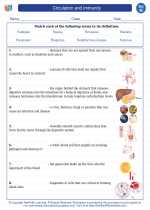
 Vocabulary/Answer key
Vocabulary/Answer key